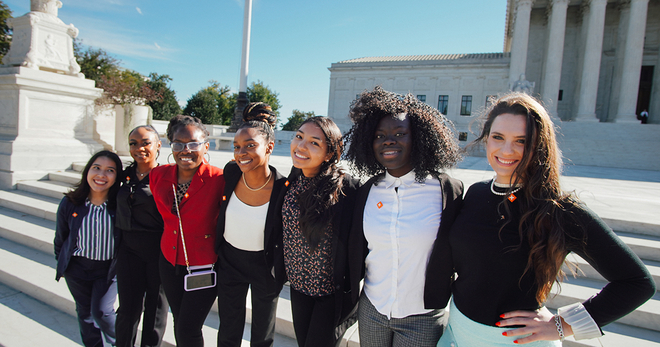Dramatic decrease in young adult cigarette use since 2005
Smoking among young adults aged 18 to 24 dropped by nearly one third (31.6 percent) from 2005 to 2014, according to data from the 2014 National Health Interview Survey. Smoking prevalence for this age group was 16.7 percent in 2014 with 18.5 percent of males reporting cigarette use and 14.8 percent of females saying they smoke cigarettes.
16.7%
Smoking prevalence for young adults was 16.7 percent in 2014.
Cigarette smoking among U.S. adults overall declined from 20.9 percent in 2005 to 16.8 percent in 2014, according to the survey. During 2013 to 2014 alone, the prevalence of adult cigarette smoking declined by a full percentage point. Despite the overall decrease, the 2014 data show differences in smoking rates among some groups. For example, cigarette smoking was higher among adults with a General Education Development certificate (43.0 percent); people who live below the federal poverty level (26.3 percent); multiracial (27.9 percent) or American Indian/Alaska Natives (29.2 percent); and those who live in the Midwest (20.7 percent).
An analysis of the 2014 NHIS data by the Centers for Disease Control and Prevention showed that disparities exist also based on health insurance status. American adults who are uninsured or on Medicaid smoke at rates more than double those for adults with private health insurance or Medicare. In 2014, cigarette smoking prevalence among adults on Medicaid was 29.1 percent and among uninsured adults was 27.9 percent while cigarette smoking among adults with private health insurance was 12.9 percent.
Key takeaways
Smoking among young adults aged 18 to 24 dropped by nearly one third (31.6 percent) from 2005 to 2014.
Smoking prevalence for young adults was 16.7 percent in 2014.
Among young adults, 18.5 percent of males reported cigarette use and 14.8 percent of females said they smoked cigarettes.
Cigarette smoking among U.S. adults overall declined from 20.9 percent in 2005 to 16.8 percent in 2014.
More in tobacco prevention efforts
Want support quitting? Join EX Program
By clicking JOIN, you agree to the Terms, Text Message Terms and Privacy Policy.
Msg&Data rates may apply; msgs are automated.



